A plane crash in Canada caused the wing to fall off and the plane to flip over. Experts have given their initial assessment of the cause, all 80 people on board survived.
What makes the Canadian plane crash so miraculous?
When Delta Flight 4819 from Minneapolis to Toronto landed in a catastrophic crash that left the wing torn off and the plane upside down, onlookers panicked and feared the worst.
But Michael McCormick, a professor at Embry-Riddle Aeronautical University, sees decades of aviation safety advances paying off. All 80 people on board survived the crash on February 17 at Toronto’s Pearson International Airport.
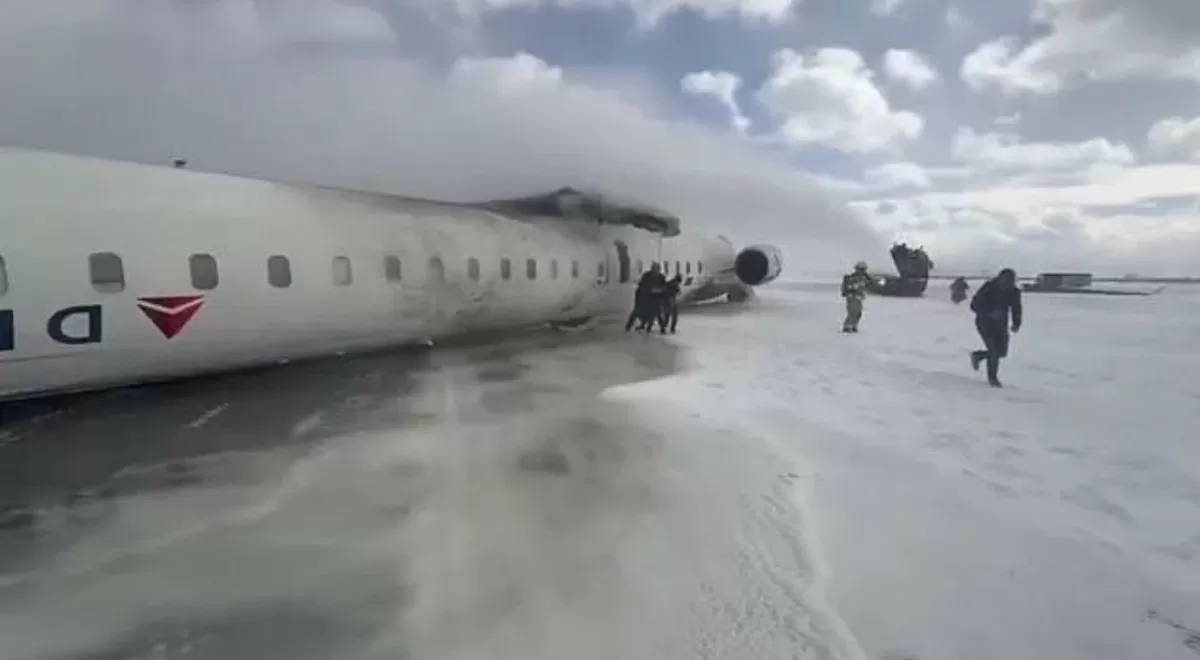 |
| 80 people in the plane crash in Canada were safely evacuated. Illustrative photo |
" It's really amazing when you see an aircraft lying on its back like that and people can still walk out . But my second thought is the design. The technology and the results of research in civil aviation over many years have made this possible, " Professor McCormick shared.
Fuel tanks are mainly stored in the wings of the aircraft.
Past aviation disasters have shown that aircraft fuel should be stored primarily in the wings, rather than directly under the passenger area.
“ In the early days of aviation, fuel was stored in the belly of the plane ,” McCormick shares.
So when a Delta Bombardier CRJ900 made an emergency landing on February 17, tipped over and skidded down the runway, its fuel-filled right wing broke off, causing a massive fire. The plane continued to skid and flip.
In this incident, the wing's detachment helped keep the fire from spreading into the passenger cabin, said Joe Jacobsen, an aeronautical engineer who has worked for Boeing and the Federal Aviation Administration (FAA). " Airplane parts can fail, but if they're within design requirements, you have to look at how they failed and whether they were designed to fail," Jacobsen said. The wing could have broken off due to a maintenance or design error. The investigation will likely look into those possibilities, Jacobsen said.
When an aircraft wing is completely detached on impact, removing potentially explosive fuel from the aircraft is just one of the benefits, according to Professor McCormick.
“ We want to separate the fuel from the passenger compartment while also making sure that the fuselage can come to a stop in a stable position,” McCormick said.
The plane came to a stable stop despite being flipped upside down. But everyone survived, thanks in part to sturdy seats that could withstand the force of the impact.
The 16G seat is designed for safety, not necessarily for comfort.
Most modern commercial aircraft require 16G seats, meaning they can withstand forces 16 times the force of gravity, McCormick said.
McCormick further explains that the 16G seat is not primarily designed for comfort, but rather for durability in the event of an accident, which you'll understand if you've ever sat in an economy class seat for more than a few hours.
The life-saving seat belt is a simple yet extremely important safety feature of these 16G seats.
“ In this case, without the seat belts, the passengers would have been ejected and suffered much more serious injuries. That was a key factor in this incident ,” said Hassan Shahidi, president and CEO of the Aviation Safety Foundation.
And if a similar crash had happened decades ago, the outcome could have been much worse, according to CNN aviation analyst Peter Goelz.
“ What has changed is that all commercial aircraft now have seats that are securely fastened to rails that are part of the fuselage and can withstand the force of impact,” said Goelz, a former executive director of the National Transportation Safety Board.
“ What this means is that in such an emergency landing, if you buckle up properly, you will survive the impact and have a chance to escape, ” says Goelz. “ And when you combine that with advances in fire-resistant materials, you actually have a chance to survive, if you follow the instructions .”
There is no substitute for skilled crew members.
“ While advanced technology may have helped save lives, it is impossible not to credit the efforts of the flight attendants in safely evacuating that aircraft ,” McCormick said.
According to Sara Nelson, International President of the Association of Flight Attendants-CWA, the two flight attendants who served on the flight had never had to land an upside-down plane before. However, they were trained to respond to a variety of situations, including evacuating passengers within 90 seconds.
Despite dozens of passengers being strapped into their seats and suspended upside down, flight attendants evacuated the entire plane in less than 90 seconds.
According to Nelson, the flight attendants did their jobs perfectly. They are truly heroes.
“ Hopefully this will help the public gain a greater awareness and appreciation for the people who serve as flight attendants ,” McCormick said. “ Flight attendants are more than just picking up trash or serving refreshments. They are highly trained professionals who are responsible for ensuring the safety of passengers and do their jobs well.”
| The plane came to a stable stop despite being flipped upside down. But everyone survived, thanks in part to sturdy seats that could withstand the force of the impact. |
Source: https://congthuong.vn/vi-sao-80-nguoi-song-sot-trong-tai-nan-may-bay-o-canada-374529.html




![[Photo] Prime Minister Pham Minh Chinh holds talks with Singaporean Prime Minister Lawrence Wong](https://vstatic.vietnam.vn/vietnam/resource/IMAGE/2025/3/26/04f6369d4deb43cfa955bf4315d55658)
![[Photo] Welcoming ceremony for Prime Minister of the Republic of Singapore Lawrence Wong on an official visit to Vietnam](https://vstatic.vietnam.vn/vietnam/resource/IMAGE/2025/3/26/445d2e45d70047e6a32add912a5fde62)
![[Photo] Close-up of old apartment building waiting to be renovated](https://vstatic.vietnam.vn/vietnam/resource/IMAGE/2025/3/26/bb2001a1b6fe478a8085a5fa20ef4761)
![[Photo] Head of the Central Propaganda and Mass Mobilization Commission Nguyen Trong Nghia works with key political press agencies](https://vstatic.vietnam.vn/vietnam/resource/IMAGE/2025/3/26/3020480dccf043828964e896c43fbc72)






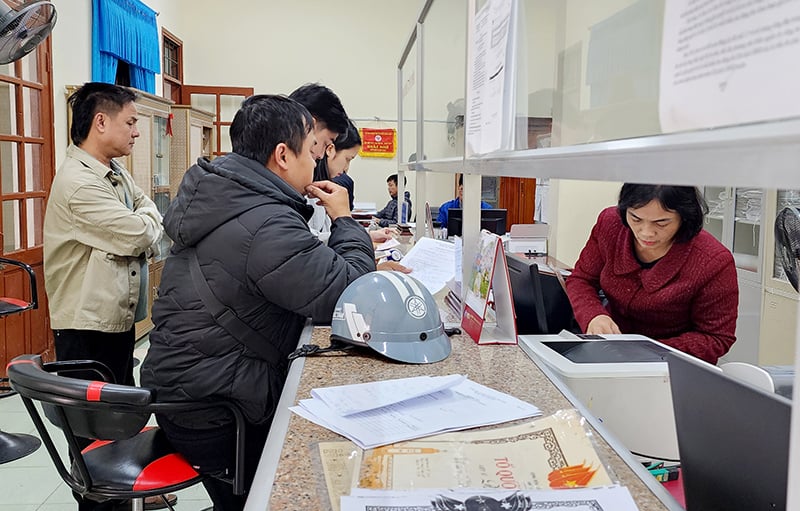

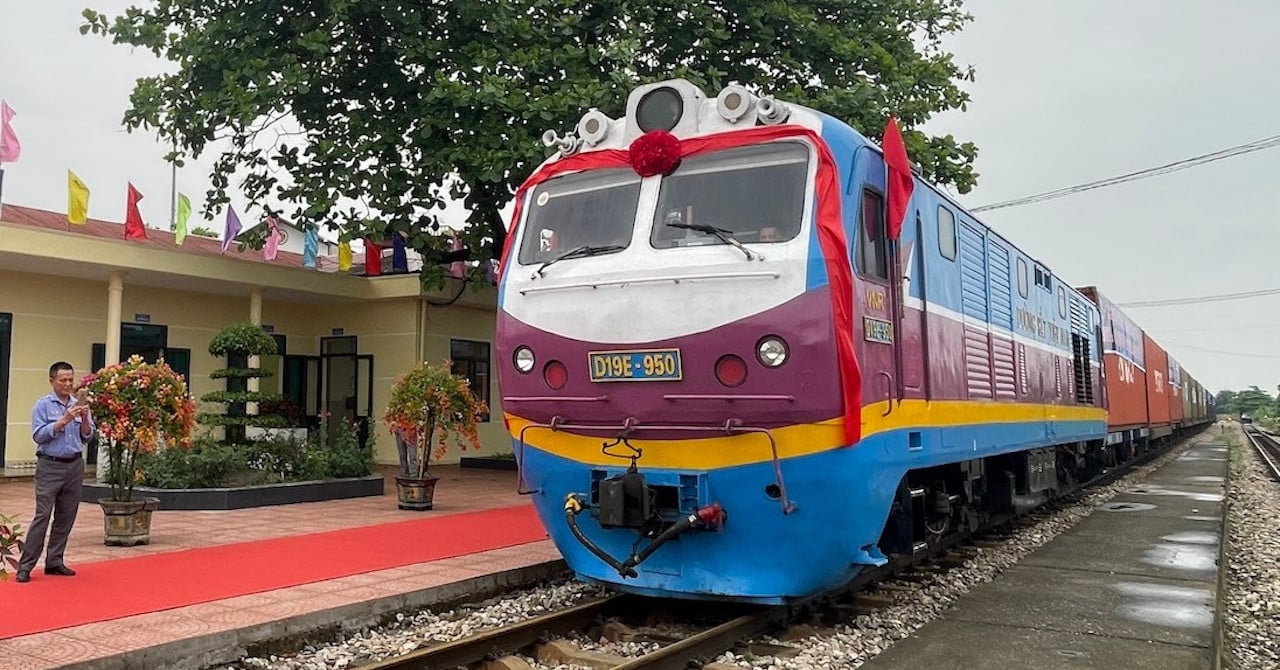
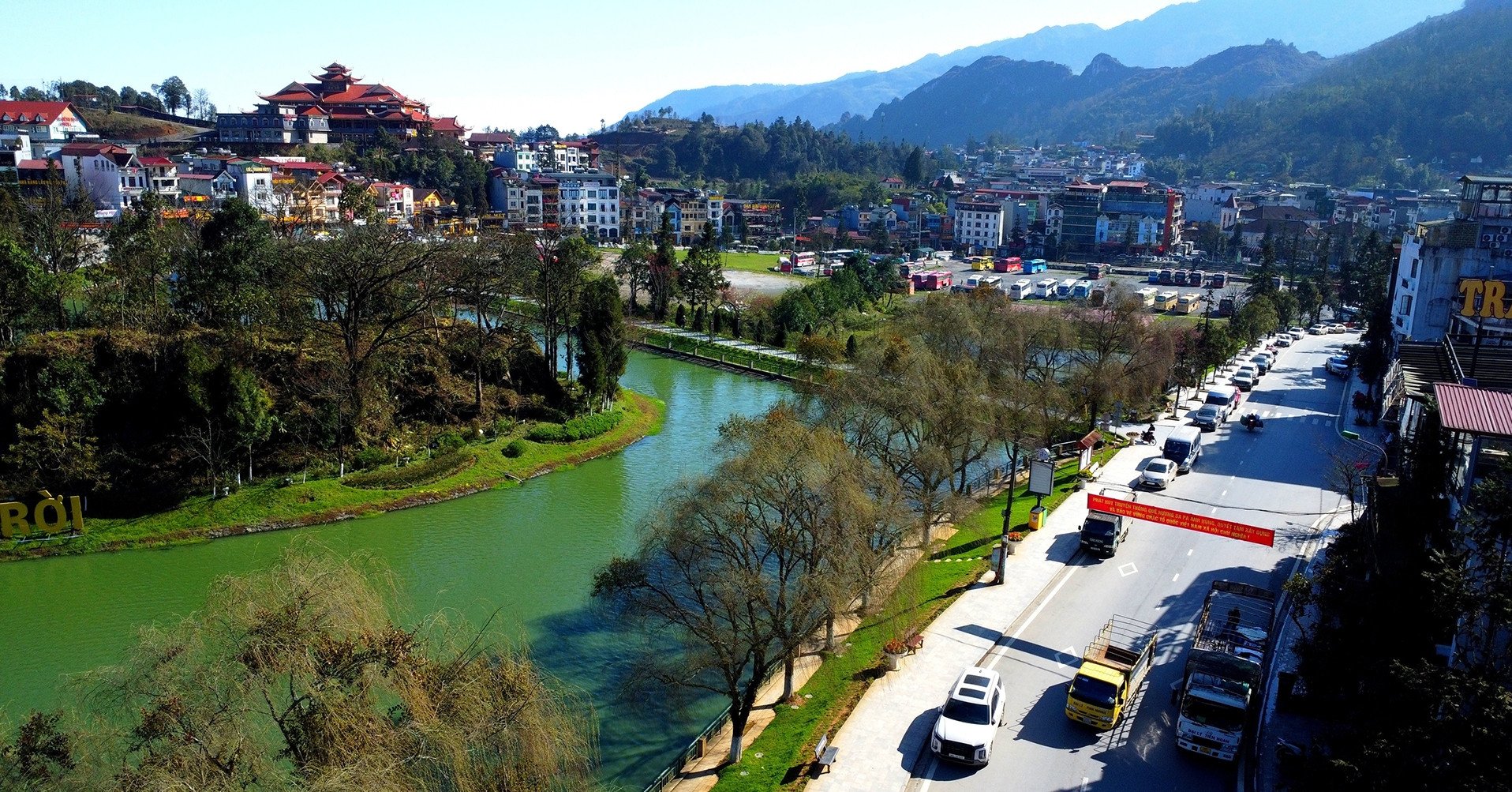


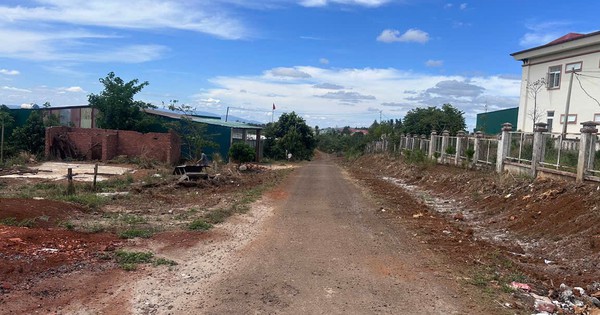

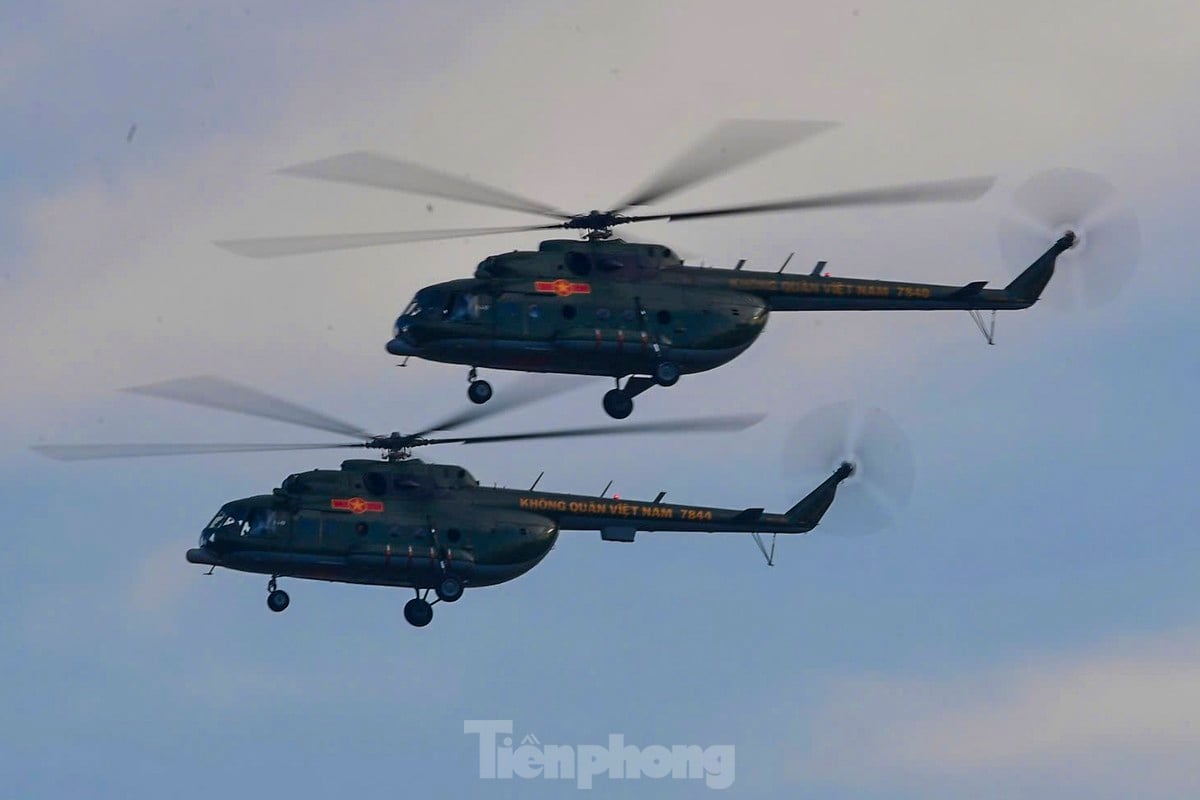



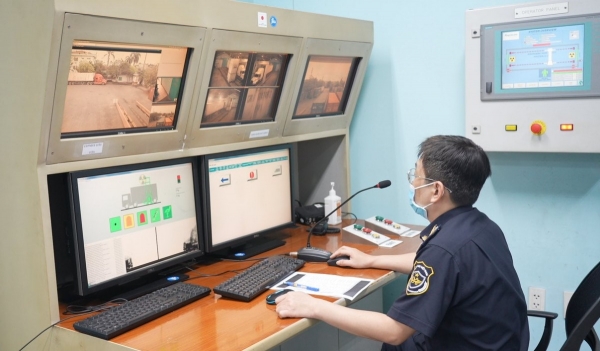
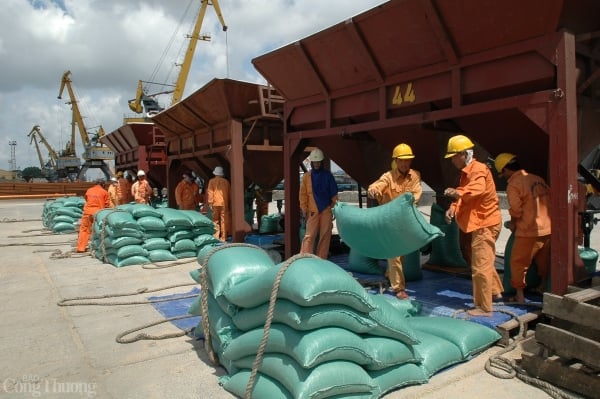
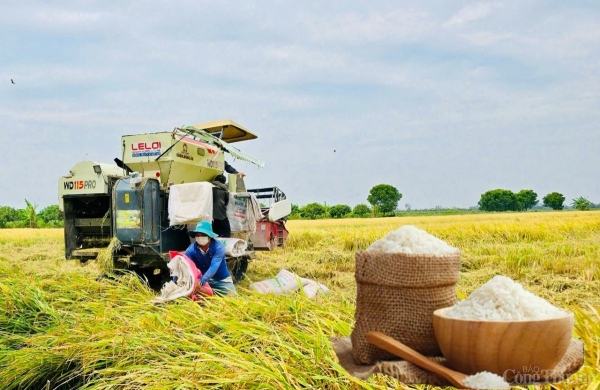




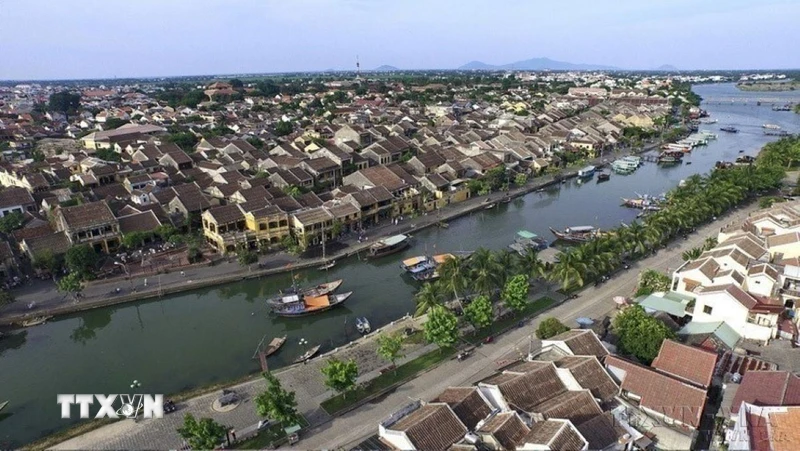







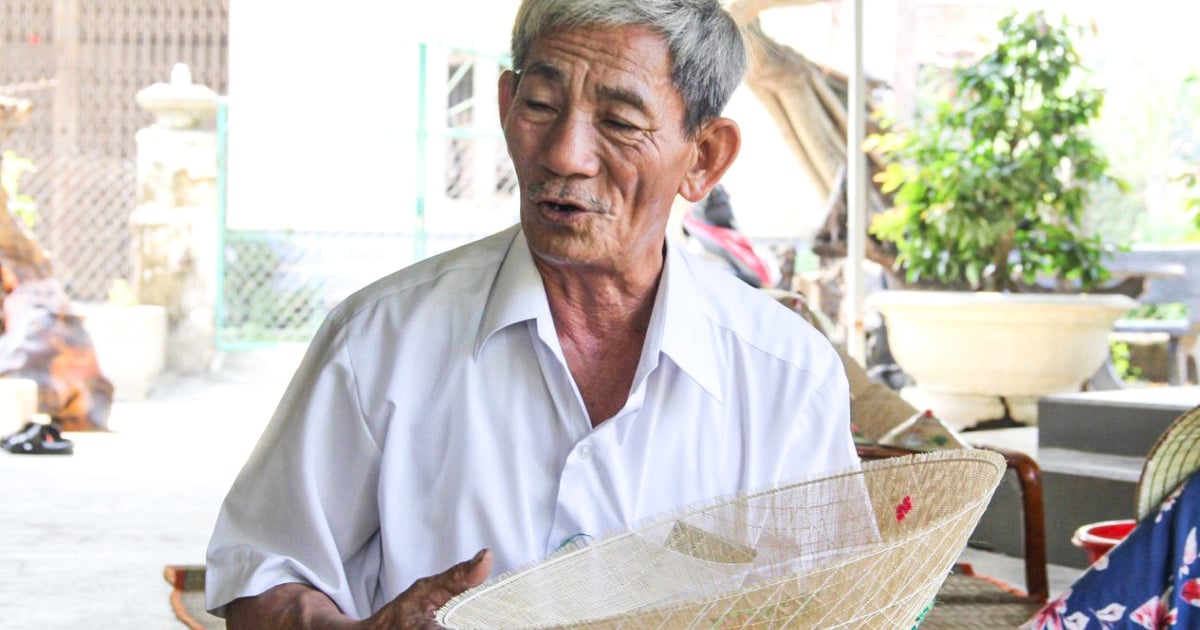








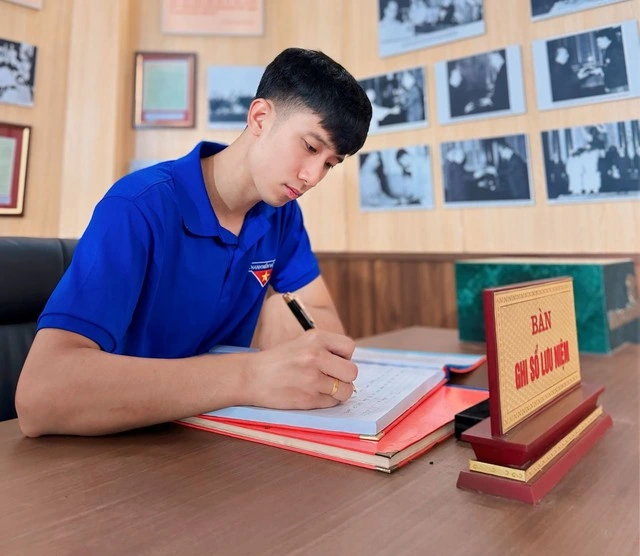



















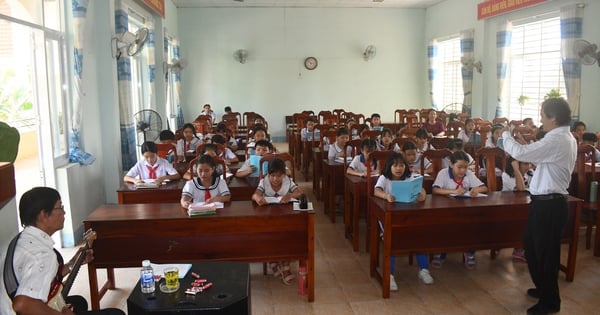





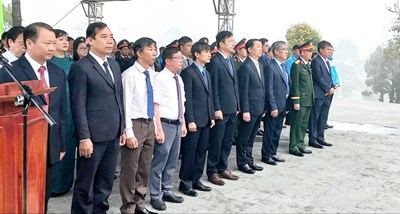









Comment (0)